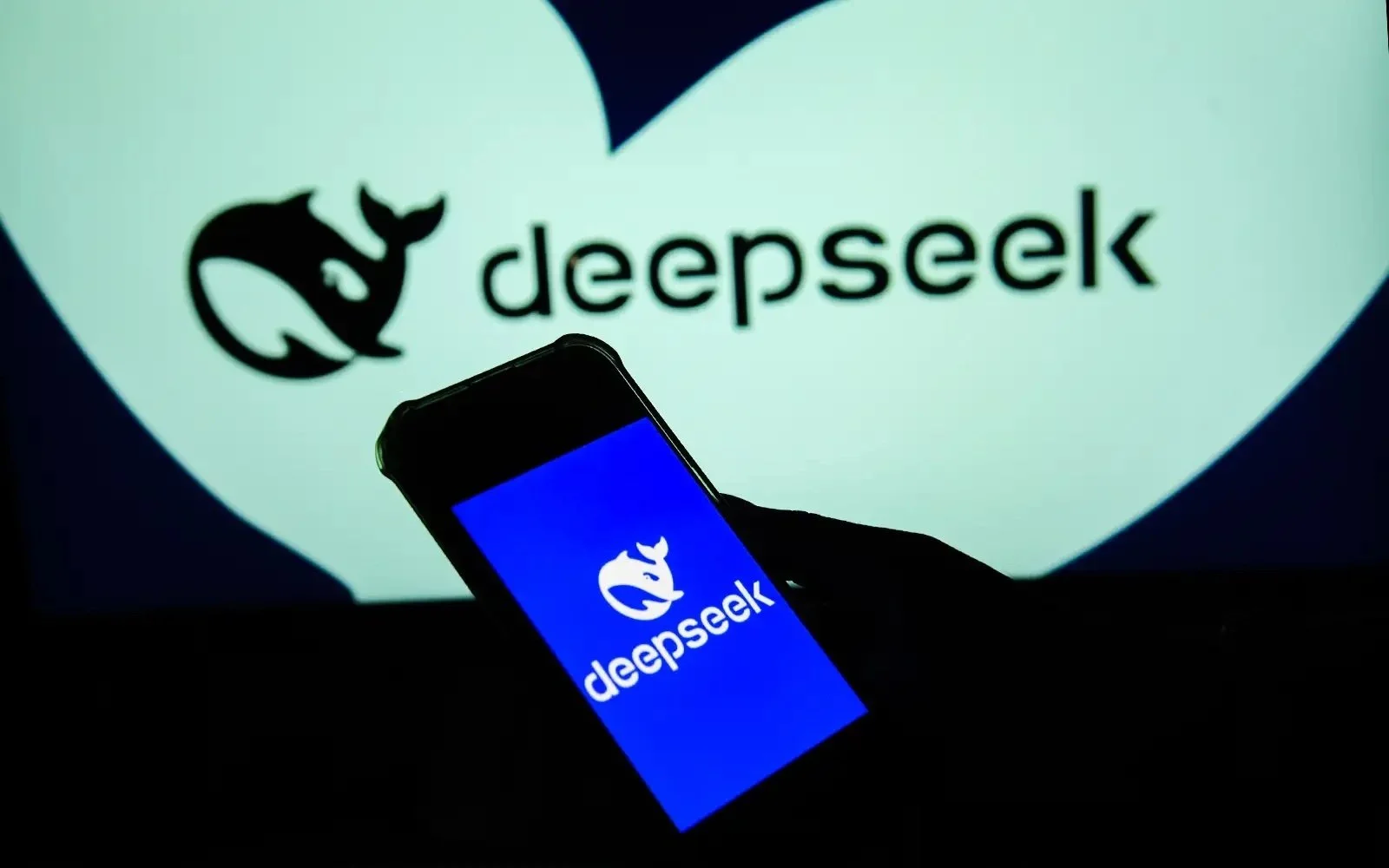What is DeepSeek? Looking Into the AI Chatbot that Has Silicon Valley and National Governments Worried
DeepSeek, a Chinese artificial intelligence (AI) chatbot, has made recent headlines as it topped the U.S. app store charts in late January of this year. Its presence was equally felt in Silicon Valley and Wall Street as its debut caused the leading AI chipmaker, Nvidia, see its stock plummet more than 17%, which evaporated $593 billion (£470 billion) of the company’s market value.
Like its U.S.-based counterpart, ChatGPT, DeepSeek also responds to user queries by scanning enormous amounts of text and image data across the internet and recognising patterns. From a consumer standpoint, it looks and functions very much like the American startup. However, unlike ChatGPT, DeepSeek is completely free to use, with no limitations on the number of queries. This is because its R1 program code is publicly available which means developers can use, modify, and distribute it freely which allows for broader integration into different apps and systems. While there is also a free version of ChatGPT, users have to pay monthly for access to its more advanced programs.
Despite being cheaper for consumers, this doesn’t compromise its performance. According to reports, DeepSeek’s R1 chatbot is equally as powerful as OpenAI’s o1 model that was released at the end of 2024, which includes more tasks like mathematics and coding. However, Deepseek says it has been able to create their V3 model at a fraction of the cost–at around $6m (£4.8m) compared to the $100+ million (£79+ m) training of Chat GPT-4, as claimed by its CEO, Sam Altman.
This relatively low development cost has sparked debate and speculation. Looking at Western policy experts, there are generally two groups–the more sceptical and the impressed. The former believe that DeepSeek may have relied on a supply of advanced graphics processing units (GPUs) that the company cannot publicly disclose. This group also tends to believe that DeepSeek isn’t telling the full truth as to how much money was spent on the R1/V3 model; or if they are, they are likely reporting the cost in such a manner to maximise the perceived cost-effectiveness. According to experts, just the 10,000 Nvidia A100 chips they have would have cost close to $80 million. The latter group of industry insiders seem to be more impressed–they argue that DeepSeek’s model was innovative, particularly since they were able to adapt with far less computing power.
DeepSeek seemingly has also been able to mitigate the impact of sanctions that prevent many of the most powerful chips reaching China. According to a research paper made by developers of the DeepSeek-powering system, DeepSeek-V3, they indicate that the technology relies on fewer specialised computer chips than U.S. competitors. DeepSeek’s founder, 40-year-old Liang Wenfeng reportedly built up, starting as early as 2021, a stock of Nvidia A100 chips, before they were banned from export to China in late 2023. Some experts think Wenfeng paired the A100 chips with cheaper, less powerful ones which resulted in a more efficient process. Needling less memory than its rivals, DeepSeek is ultimately cheaper to perform tasks for its users. DeepSeek’s R1 model also relies more heavily on reinforcement learning in which the model gets feedback from its actions using a reward system it creates and adapts for itself, which ultimately allows DeepSeek to get more out of less.
The relative ‘cheapness’ of DeepSeek’s development and performance has raised questions about the future of America’s AI dominance and the scale of U.S. investment into generative AI. In response, OpenAI helped to launch The Stargate Project, a new company that intends to invest $500 billion over the next four years into building new AI infrastructure in the U.S. for OpenAI. According to OpenAI’s brief, Stargate has already begun to deploy $100 billion. Along with OpenAI, other investors include SoftBank, Oracle, and MGX. Its technology partners include Arm and Microsoft. President Donald Trump has called Stargate a “declaration of confidence in America.” In addition to Stargate, SoftBank and OpenAI are reportedly in talks to value OpenAI up to as much as $300 billion, extraordinary levels of growth compared to its valuation of $157 billion in October. At a $300 billion valuation, OpenAI would be the second-most valuable startup in the world, just after Elon Musk’s SpaceX.
Industry experts, such as Meta’s chief AI scientist Yann LeCun, isn’t as worried. He wrote that the performance of DeepSeek doesn’t mean that China is outperforming the U.S. in the AI sector. According to him, it just means that “open source models are surpassing proprietary ones.”
With the rise of DeepSeek, global leaders and governments have increased their scrutiny. Countries such as Australia have now banned it on government-run systems and devices, claiming the new technology as a security threat. In the U.S., lawmakers are similarly aiming to ban government workers from using the chatbot on official devices. European Union countries, like Belgium, France, Germany, Italy, and the Netherlands are also sceptical and have sent out official information requests to the Chinese company. Italy was even more cautious and has blocked access to the app. South Korea has also banned further downloads of DeepSeek on Apple and Google’s app store, although the website was still accessible.
These governments' concerns are valid. DeepSeek’s own privacy policy explicitly states that user data will be stored in China and the jurisdiction for personal data processing is China.
Despite the international response, in China, there is nationalist pride in DeepSeek’s achievement. The China Daily writes, “US containment of technology will not stymie China's innovation progress.” Instead, according to Bai Ming, a researcher at the Chinese Academy of International Trade and Economic Cooperation, “it will spur Chinese enterprises to double down on efforts on independent innovation.”
Nonetheless, DeepSeek’s innovations are important and the new platform is a testament to China’s growing prominence in the complex and fast-evolving AI landscape. Many have called the shock of DeepSeek’s rise a “Sputnik moment” for America’s AI industry–a wake-up call to drive investment and keep the U.S. in the lead. It is now clear that America’s upper hand in AI is by no means guaranteed. Competition between the U.S. and China has entered a new sphere and it looks like it is far from finished. The first-mover advantages for this era of generative AI models may be limited and policymakers will have to analyse what steps are next for America’s AI industry and export controls. These decisions on Frontier AI are important–with both massive growth and opportunities available, but also potential serious threats.
Image courtesy of Free Malaysia Today via Google Images, ©2025. Some rights reserved.
The views and opinions expressed in this article are those of the author and do not necessarily reflect those of the wider St. Andrews Foreign Affairs Review team.



